I am a huge sunglasses freak! It is so much fun to have a pair for every occasion and mood. I am also quite fired up about summer finally arriving and have been doing a lot of thinking about how people from the past may have celebrated the beginning of this fun, sunny season. I love to get out my sundresses and buy new sunglasses, but if you think about it, this accessory is a very modern invention. After all, when was the last time you saw a Victorian fashion plate featuring women wearing glasses of any type? Instead, summer issues of fashion magazines featured new hats and bonnets, the preferred way to shield one’s eyes from the sun.
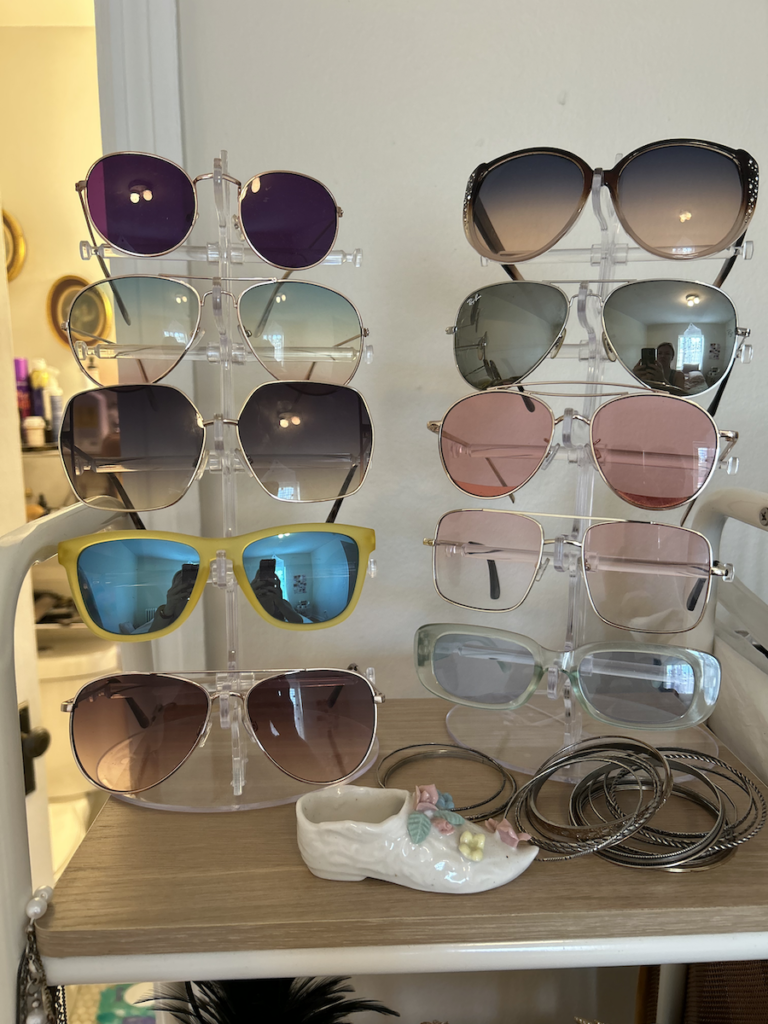
Sunglasses: a bit of history…
Besides the fact that hats were a required part of a woman’s wardrobe until the 20th century, sunbathing and spending time outside were new pastimes in the late 1800s. Spending time at the beach became an increasingly popular summer activity in the 1920s, bringing along with it new clothing and accessories to make it more pleasant. I explored the way that this trend brought with it a new use of straw hats in my post How straw hats became shabby chic.
In 1908 chemist William Crookes was approached by the English government to look for a solution for the eye injuries that people were believed to be receiving from sun glare. Reads Optician Online:
“Only in 1913 did he find a solution that was opaque to ultraviolet and accounted for 90 per cent of infrared, while being only lightly tinted. He realised, though, that protective tinted lenses would be useful for leisure purposes too, so tested more than 300 formulations, each numbered and labelled. For example, Crookes Glass 246 was the tint recommended for glassworkers. A light sage-green colour, containing ferrous oxalate with some red tartar and wood charcoal, it eliminated 98 per cent of incident heat.”
This advance in science would bring with it rapid cultural changes, including both new ways of dressing AND the new love of spending the day in the sun. The time was ripe for the expansion of Crookes’ invention. In 1919 plastics manufacturer Sam Foster began to experiment with sunglasses. His company had previously produced plastic hair accessories, but the decline in updos caused sales to decrease. The company, Foster Grant, is still known today for creating high end sunglasses.
Becoming a fashion staple
While innovative, Foster’s sunglasses, and others would slowly pick up steam as a trend. It was not until 1934 that Life Magazine reported that the accessory had become mainstream. In their article “Dark Glasses are New Fad For Wear on City Streets” they reported:
“For years Hollywood stars have worn dark glasses to protect their eyes from the harmful glare of klieg lights, and to conceal their identity from curious fans. Now dark glasses have become a favorite affectation of thousands of women all over the U.S. At the first glimmer of summerlike sun, even shady city thoroughfares assume a strange seaside-resort aspect.”
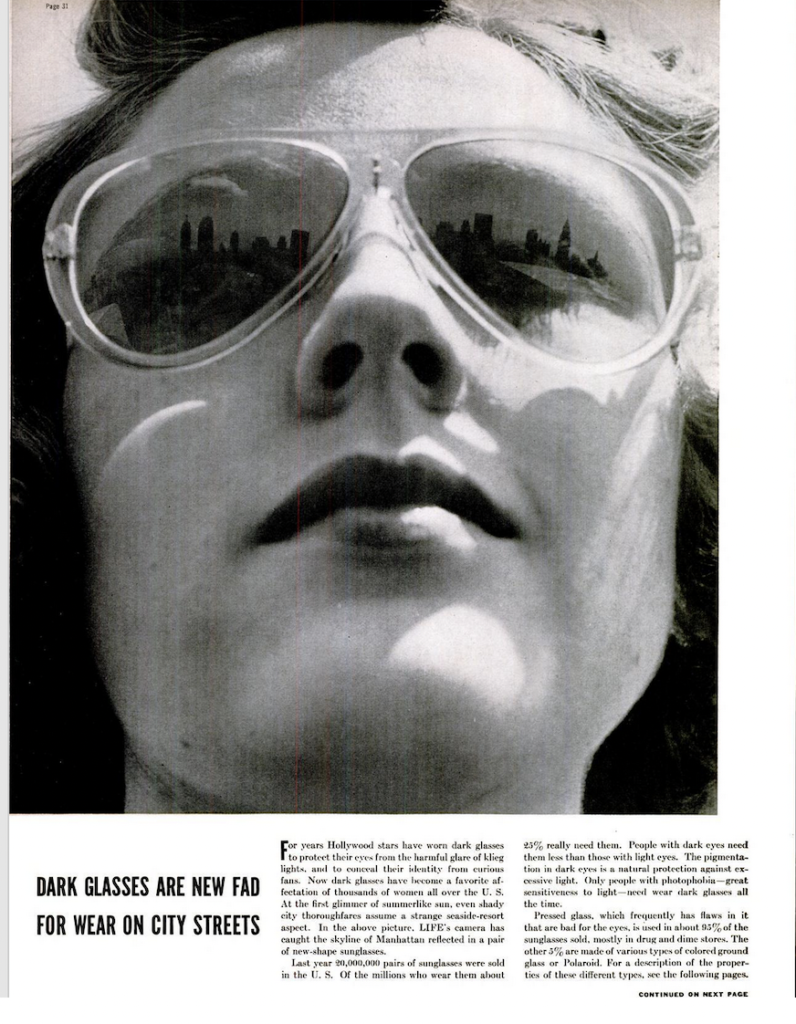
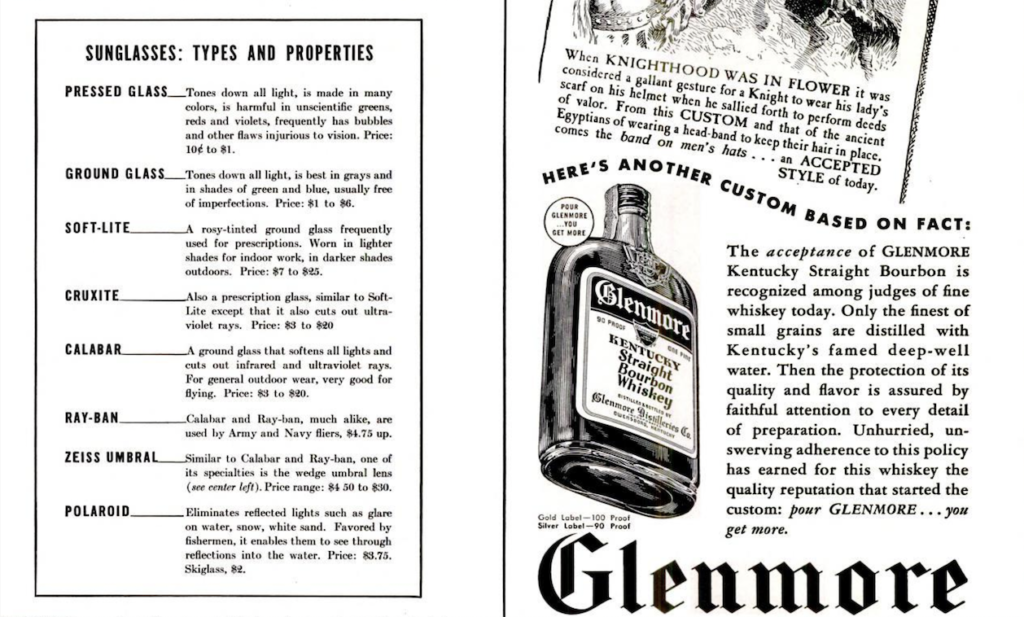
What surprised me about the evolution of sunglasses is that the creativity around design really took off during the 1950s. One of the reasons for this was a general interest in using new materials for new ways of doing fashion. Charles Goldsmith, son of a British optometrist, began to promote glasses as a fashion accessory rather than medical aid in the 1930s, using his father’s eyeglass company to do so. By the 1950s he was getting more and more creative, encouraging other designers to do the same. The result was the Golden Age of sunglasses and design that looks more like the late 1960s than 1950s. Charles Goldsmith led the way, and my favorite fashion history source, the Victoria & Albert Museum, has acquired a collection of his designs.
Which are your favorite pair?
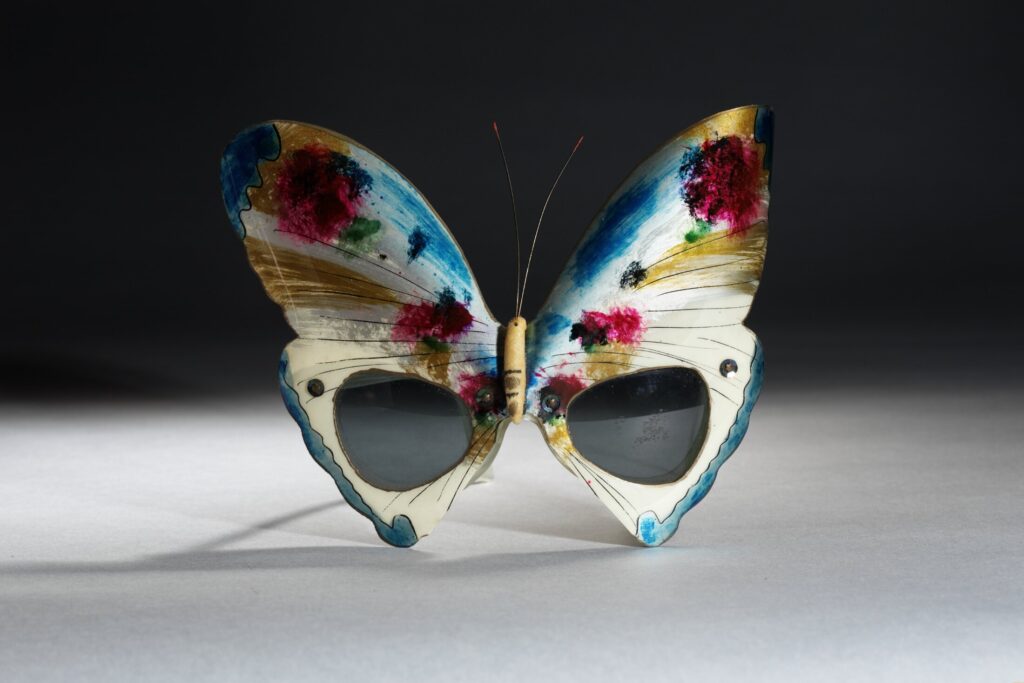
The design would go on to be sold at Harrods.

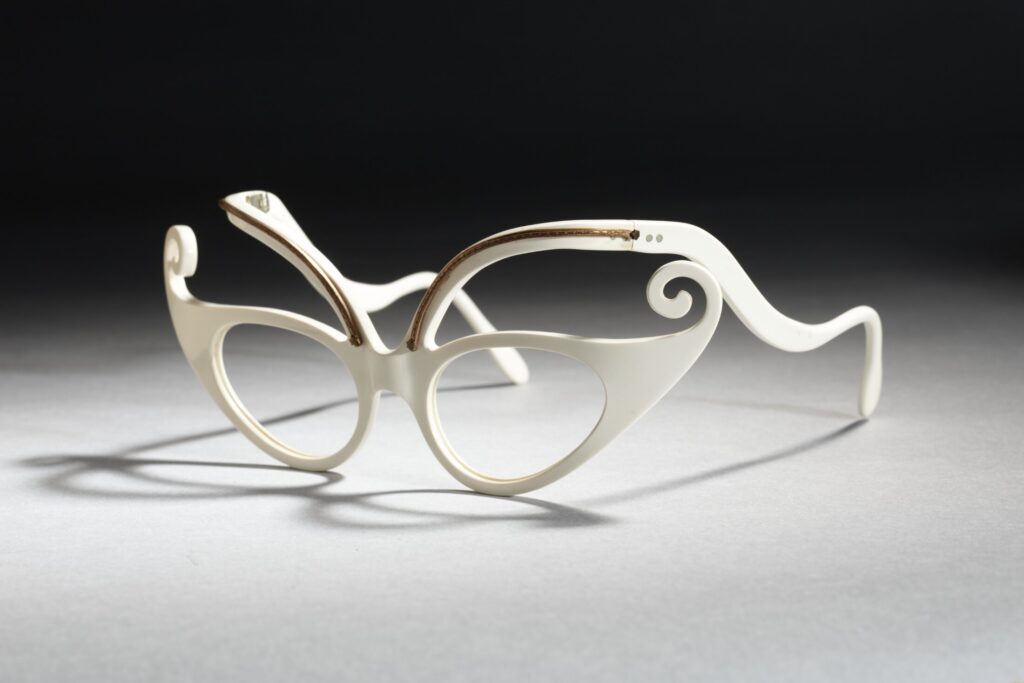
Says V&A about this pair:
Charles Oliver Goldsmith designed this frame at a time when the plastic was cut and shaped by hand in the company workshop. The frame received much publicity at the time. Its unusual design, with the sides of the frame emerging from the nose, was photographed being worn by celebrity actor Diana Dors on July 15, 1956.
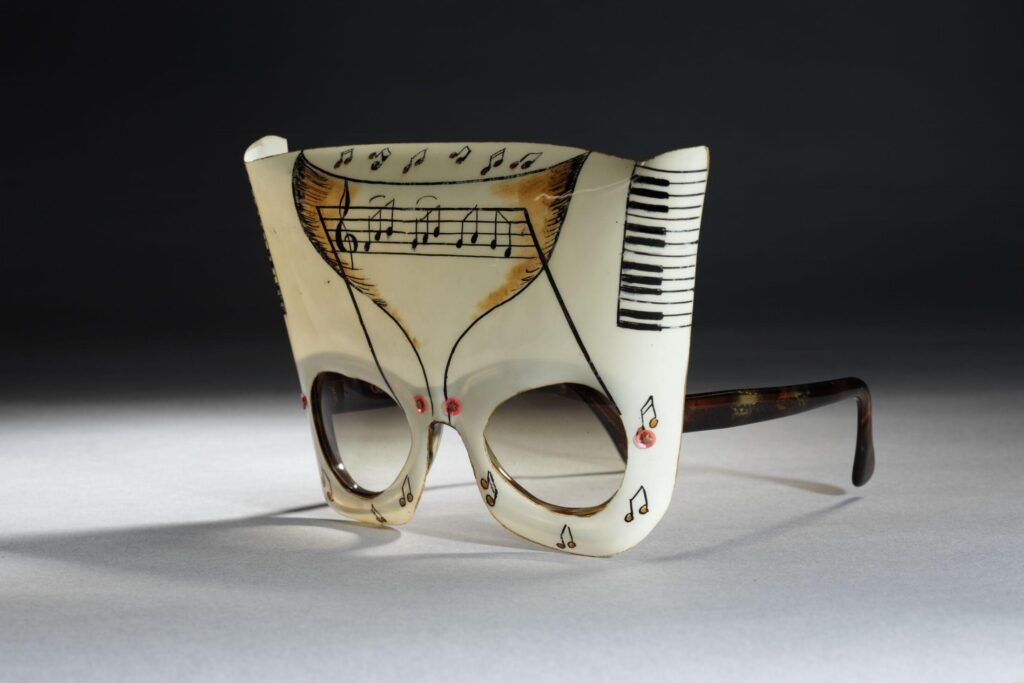
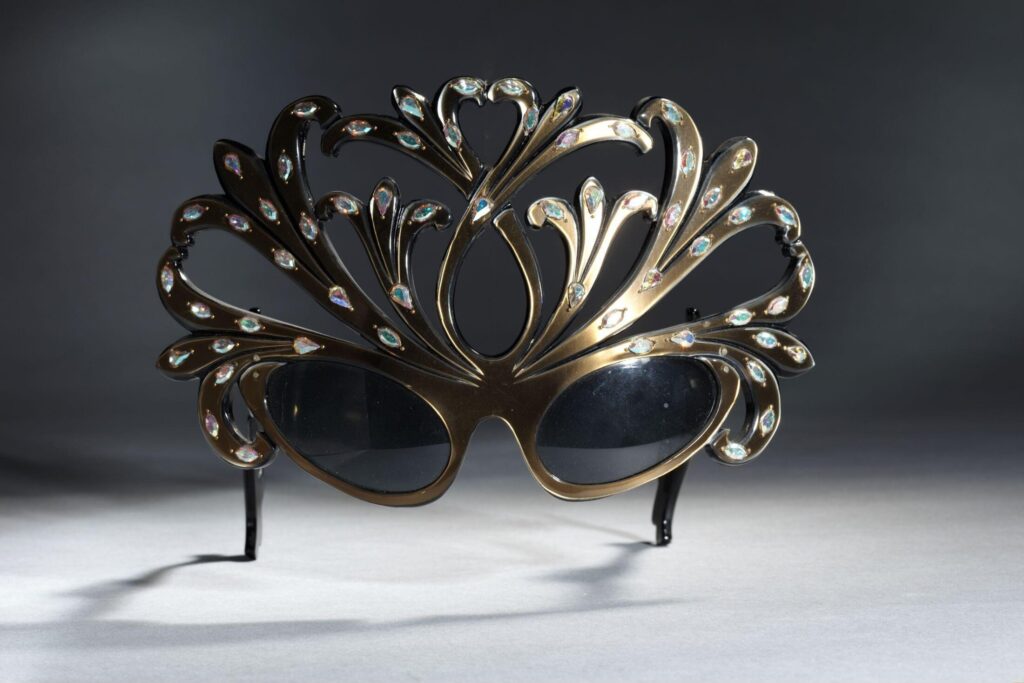
(designer unknown)
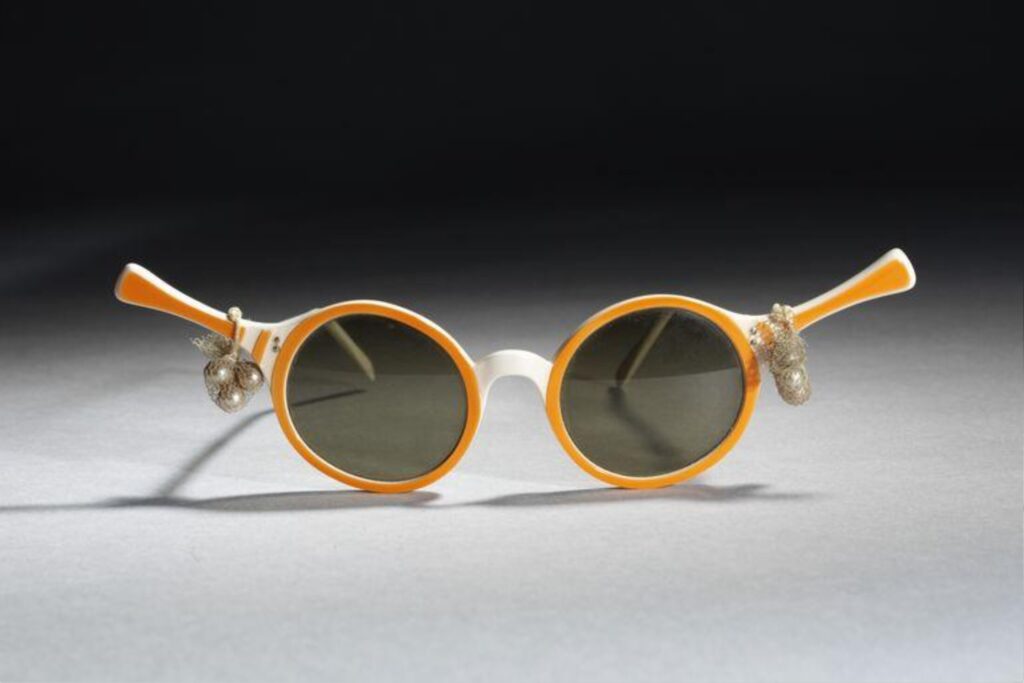
Says the V&A Museum:
He designed it for a fashion show of tennis clothing staged by celebrity tennis star turned designer Teddy Tinling. Its unusual design, featuring two tennis racket shaped eye-pieces, complete with miniature bags of tennis balls, received much publicity at the time. It was the first example of the type of whimsical design for which Oliver Goldsmith Eyewear later became known.
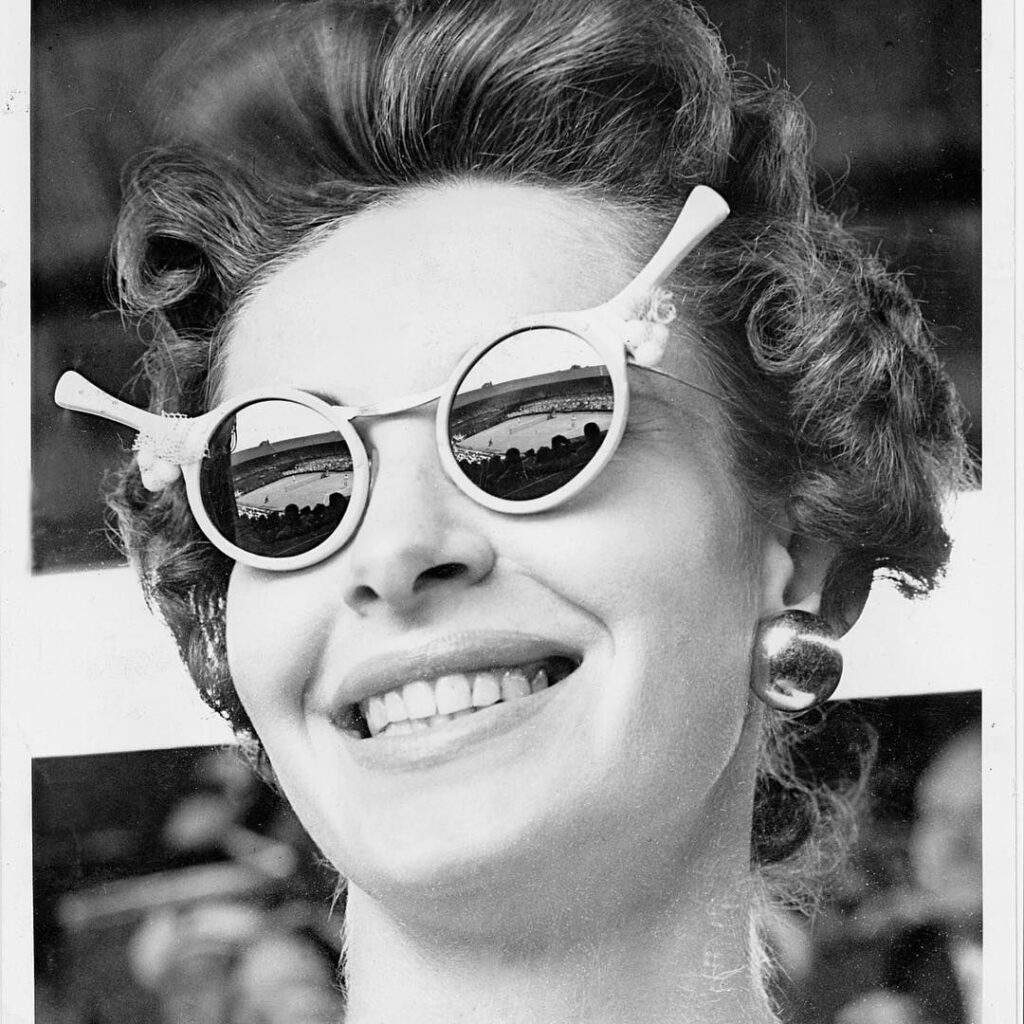
More summer fun:
The history of the sundress in three American designers
The history of the suntan: Victorian era to Flapper era

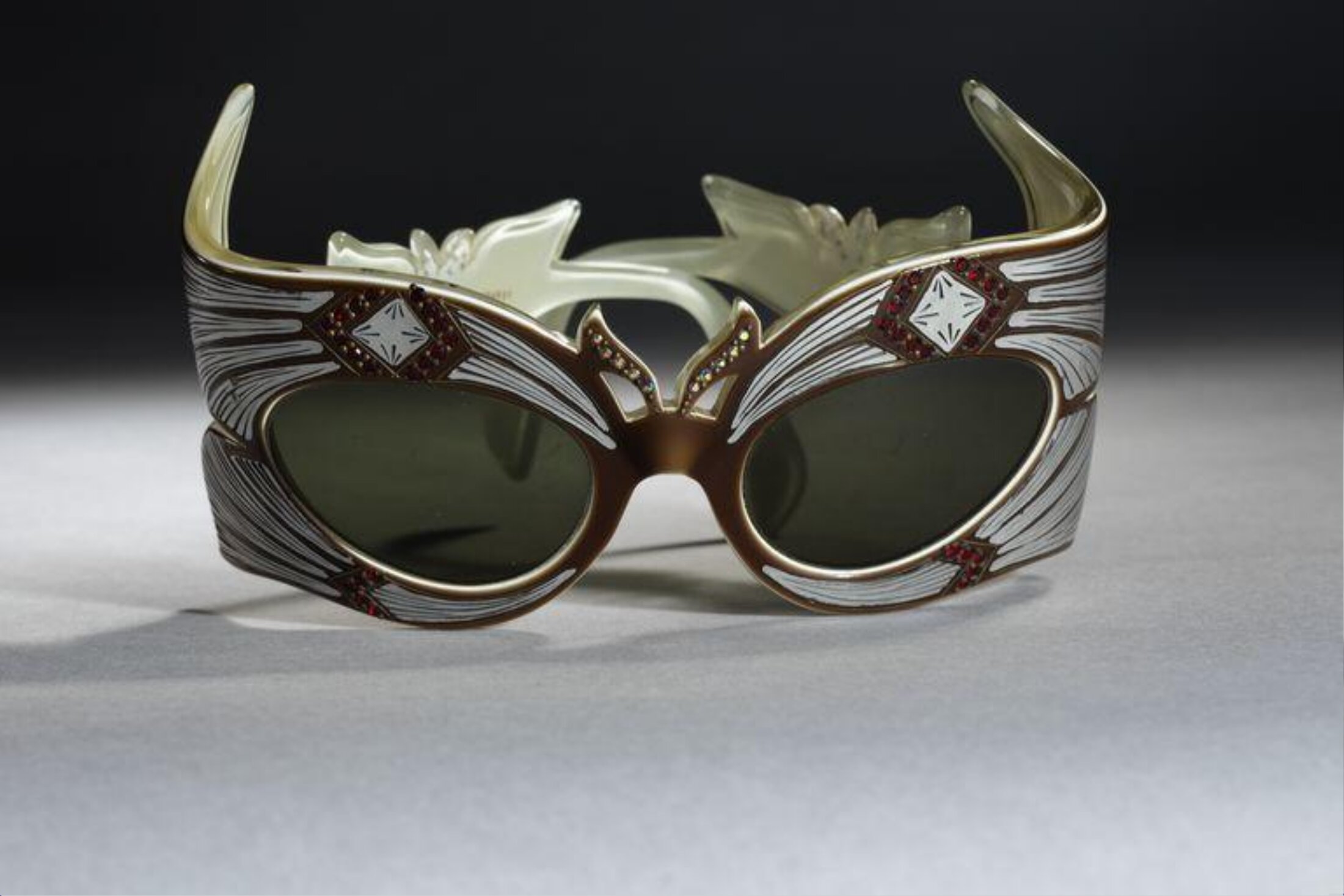
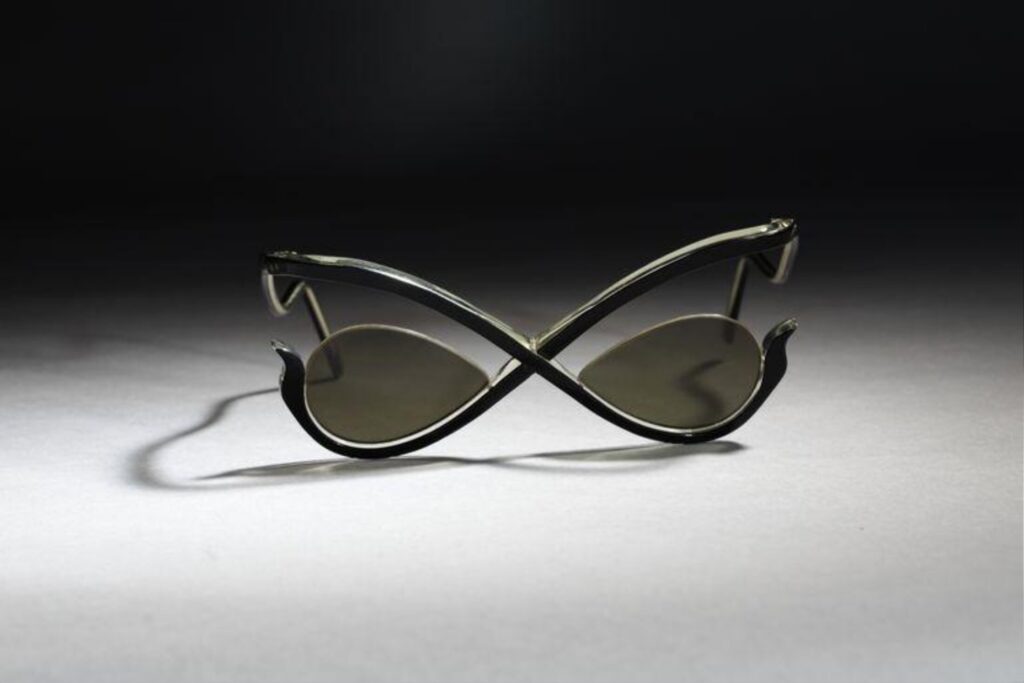

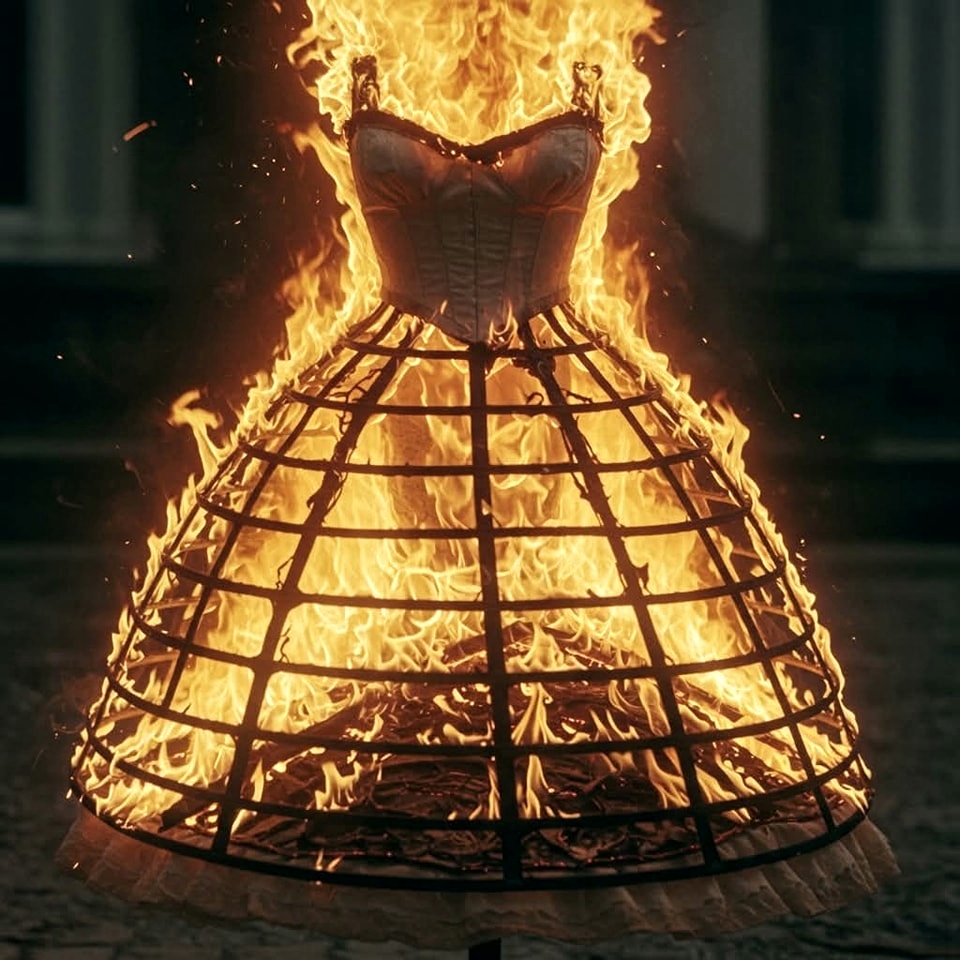
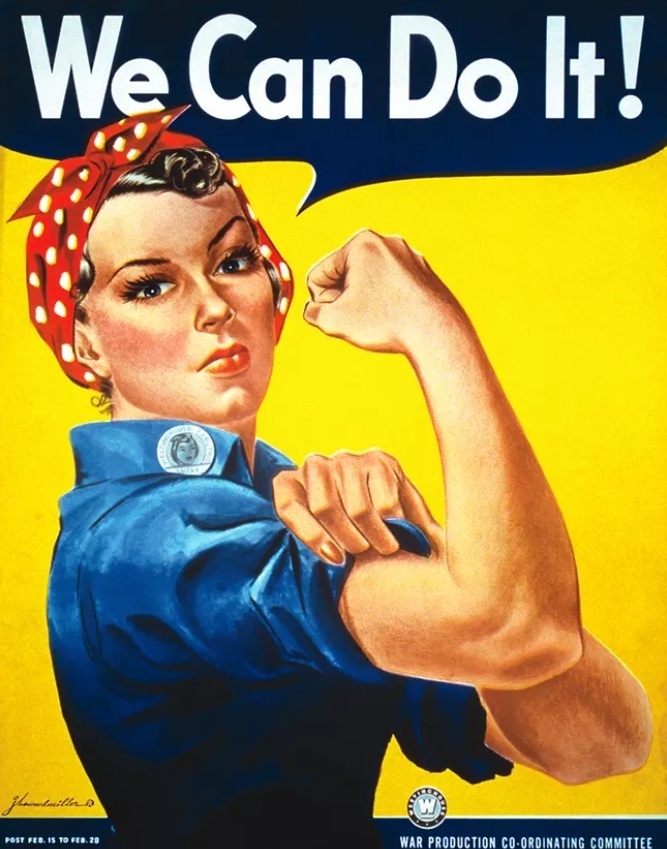


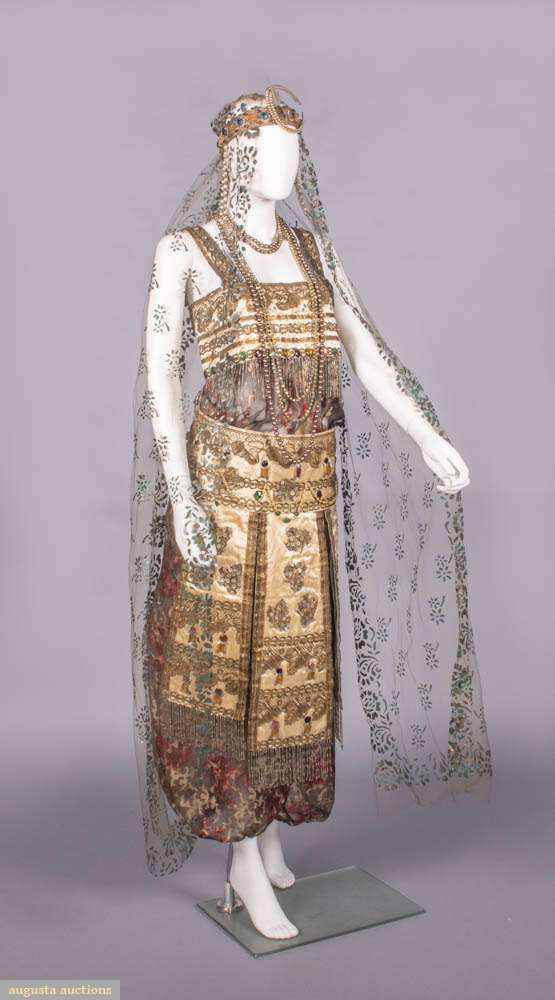


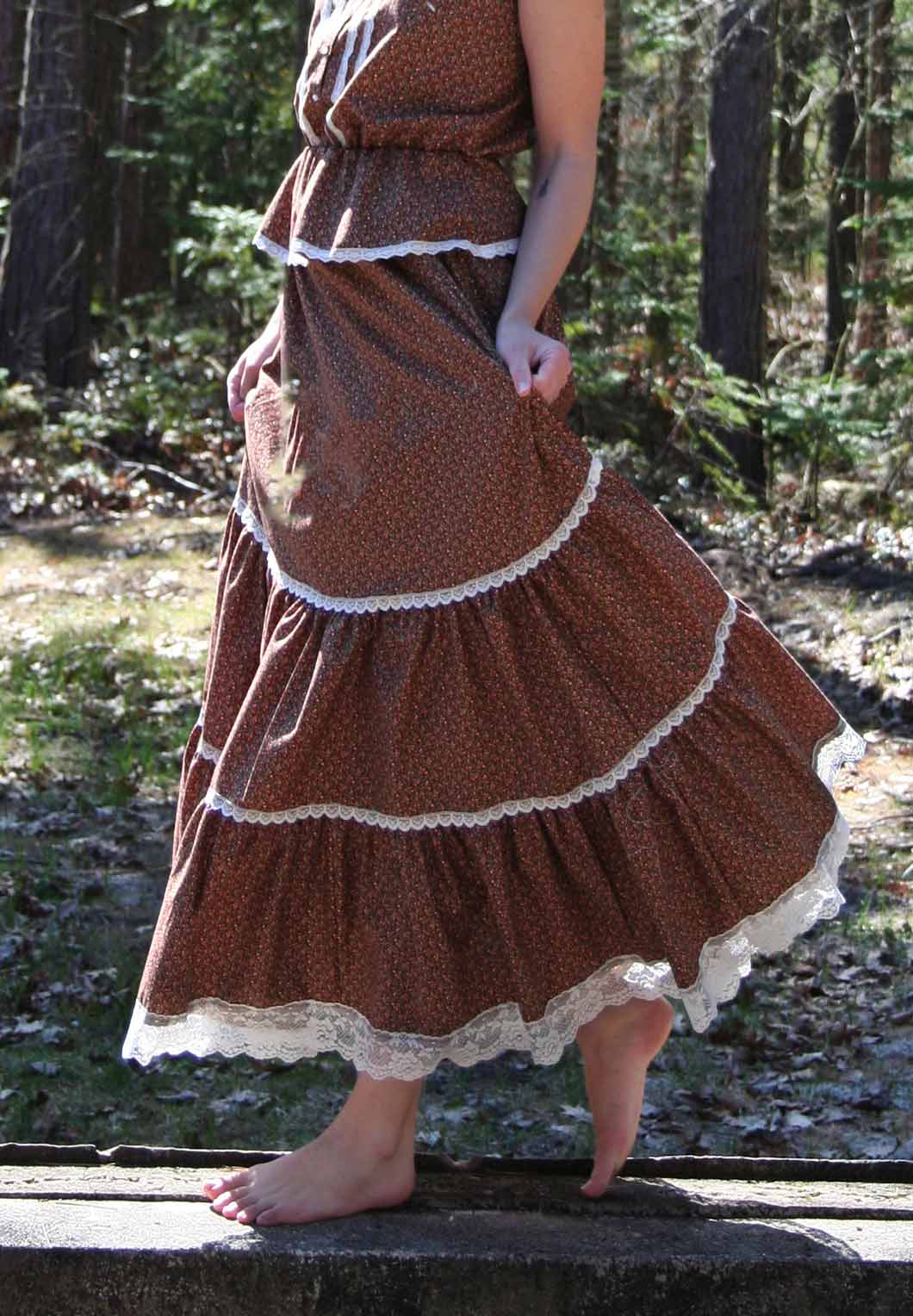
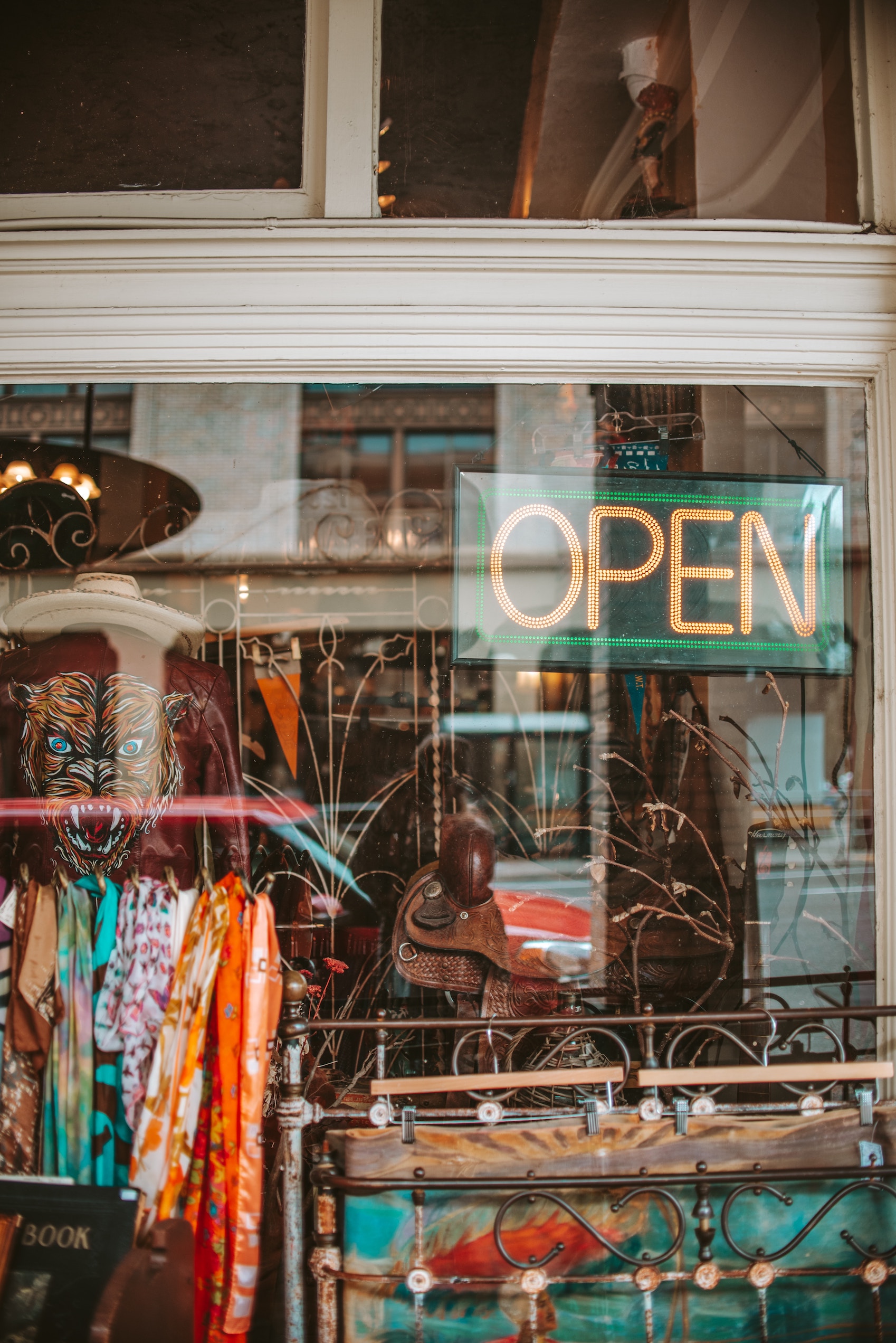

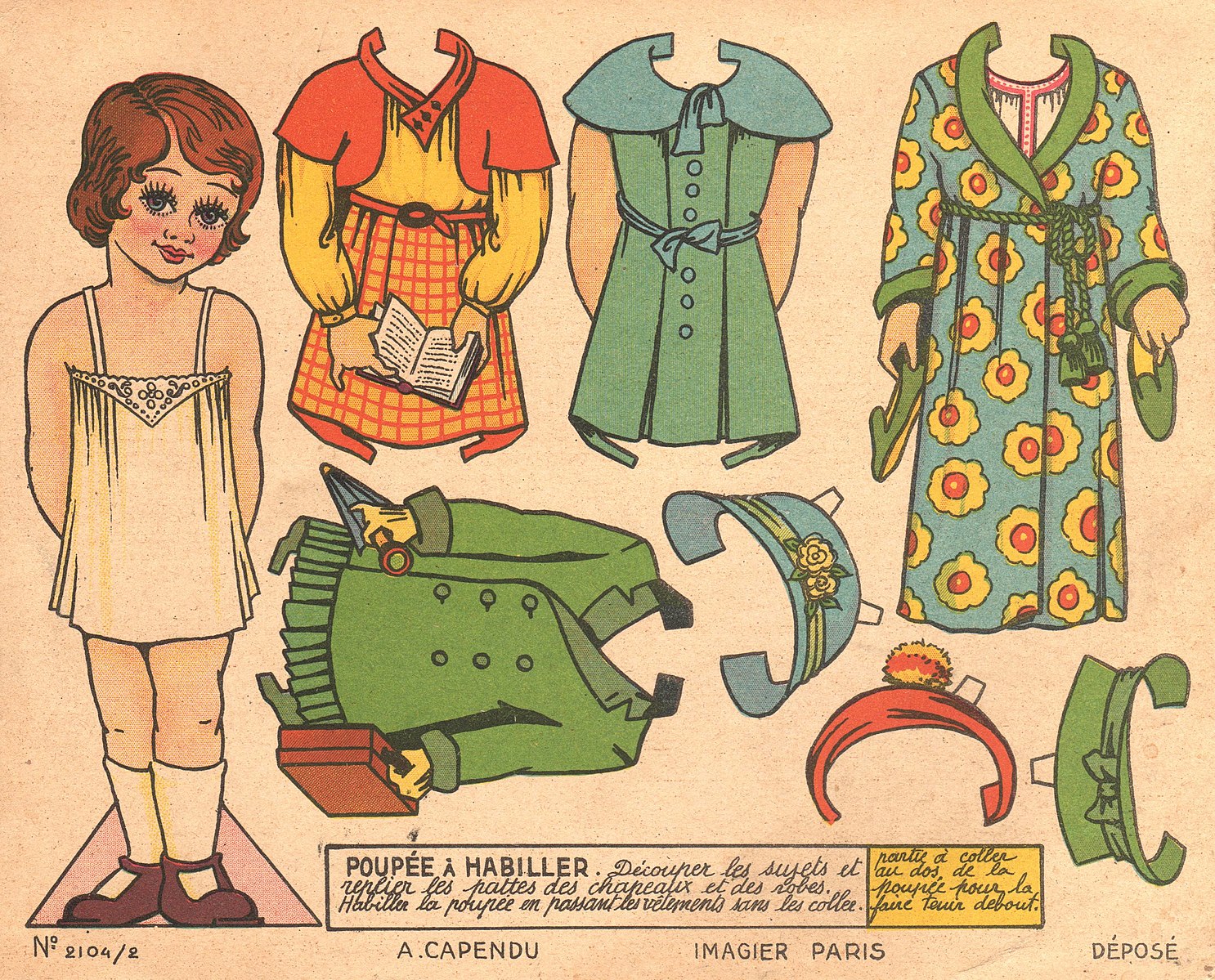
Thanks for the suggestion – I’ll see what I can do!
Love your Paper Doll article. I sent many hours cutting out and playing with my Betsy McCall paper dolls that were in McCall’s magazine. I forgot about them until I read your article. Wonderful memories! Would love to see a story on them.